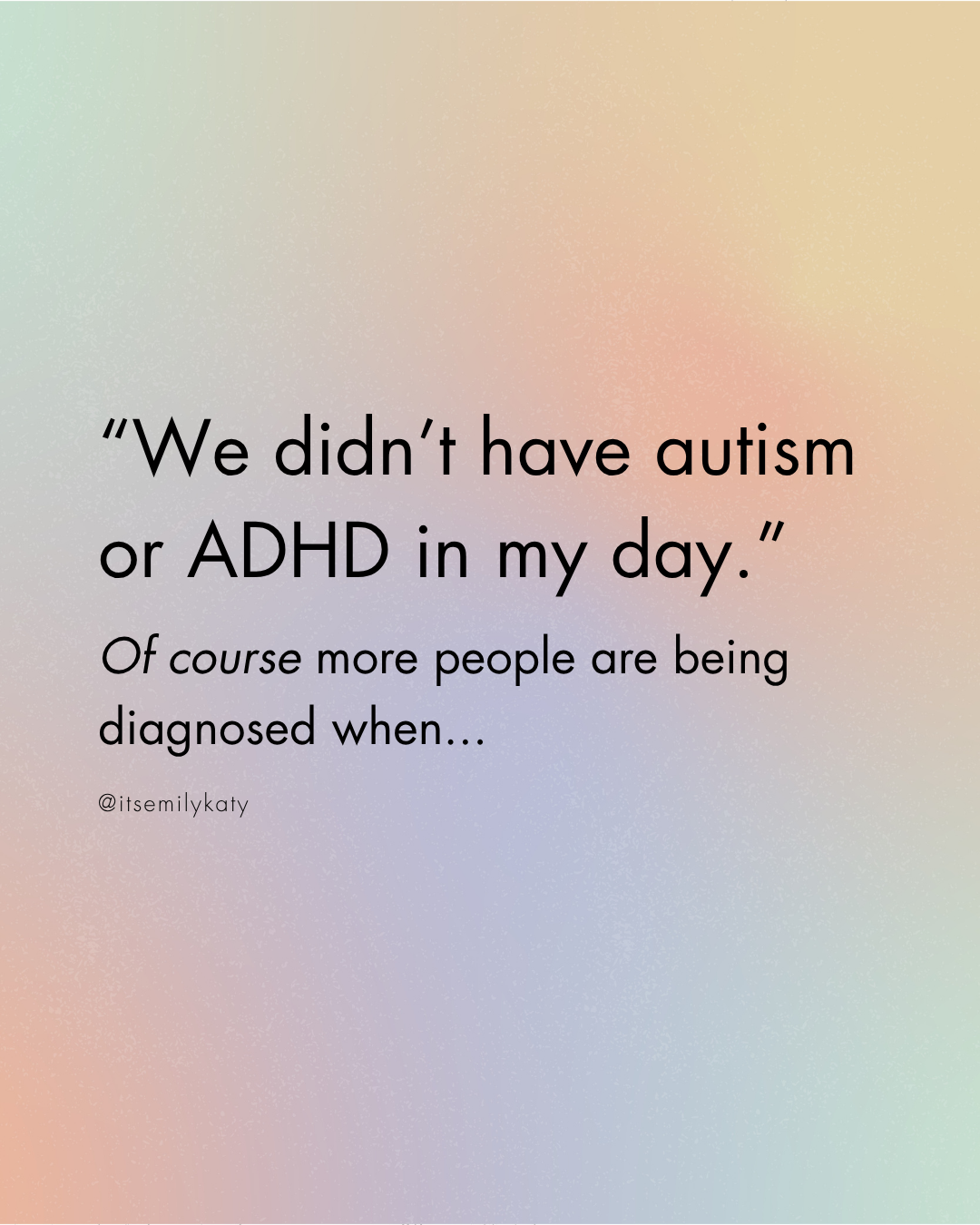What Can Employers Do?
The rise of quiet quitting is a wake-up call for employers. It’s a sign that the old ways of working—long hours, constant availability, and a “hustle at all costs” mentality—are no longer sustainable. To address this, companies need to prioritize mental health and create a culture where employees feel valued and supported.
Here are a few steps employers can take:
Normalize Boundaries: Encourage employees to take regular breaks and disconnect after work hours if they need it.
Recognize Efforts: Acknowledge the work your employees do. Let them know what good performance looks like and praise them for it.
Set a Clear Vision: Ensure all employees understand the company’s goals and how their work fits into achieving them.
Provide Mental Health Resources: Offer counseling, stress management programs, and resilience training to help employees manage their mental health.
Foster Open Communication: Create a safe space where employees can express their concerns without fear of judgment or retaliation.
A Shift in Perspective
Quiet quitting isn’t just a trend—it’s a reflection of how work culture is evolving. Employees are no longer willing to sacrifice their well-being for the sake of their jobs. They’re demanding a healthier, more meaningful approach to work, and employers need to listen.
For me, that moment of staring at my computer screen was a turning point. I realized I needed to set clear goals, boundaries and prioritize my mental health. It wasn’t easy, but it made a world of difference. And while I’m no longer quietly quitting, I understand why so many people are.
The conversation around quiet quitting isn’t just about work—it’s about how we value ourselves and our time. It’s a reminder that we’re human beings, not machines, and that our well-being matters.
What are your thoughts on quiet quitting? Have you experienced it or seen it in your workplace? Let’s start a conversation.
At WMHI, we’re committed to supporting workplace mental health through our training solutions. Our programs are designed to help employees thrive by equipping them with the tools to manage stress, build resilience, and foster a healthier work-life balance. Because when employees feel supported, everyone benefits.
References:
Gallup (2022). State of the Global Workplace Report.
Harvard Business Review (2021). How the Pandemic Has Changed Workers’ Attitudes.
World Health Organization (2022). Mental Health in the Workplace.
American Psychological Association (APA). Stress in the Workplace.










